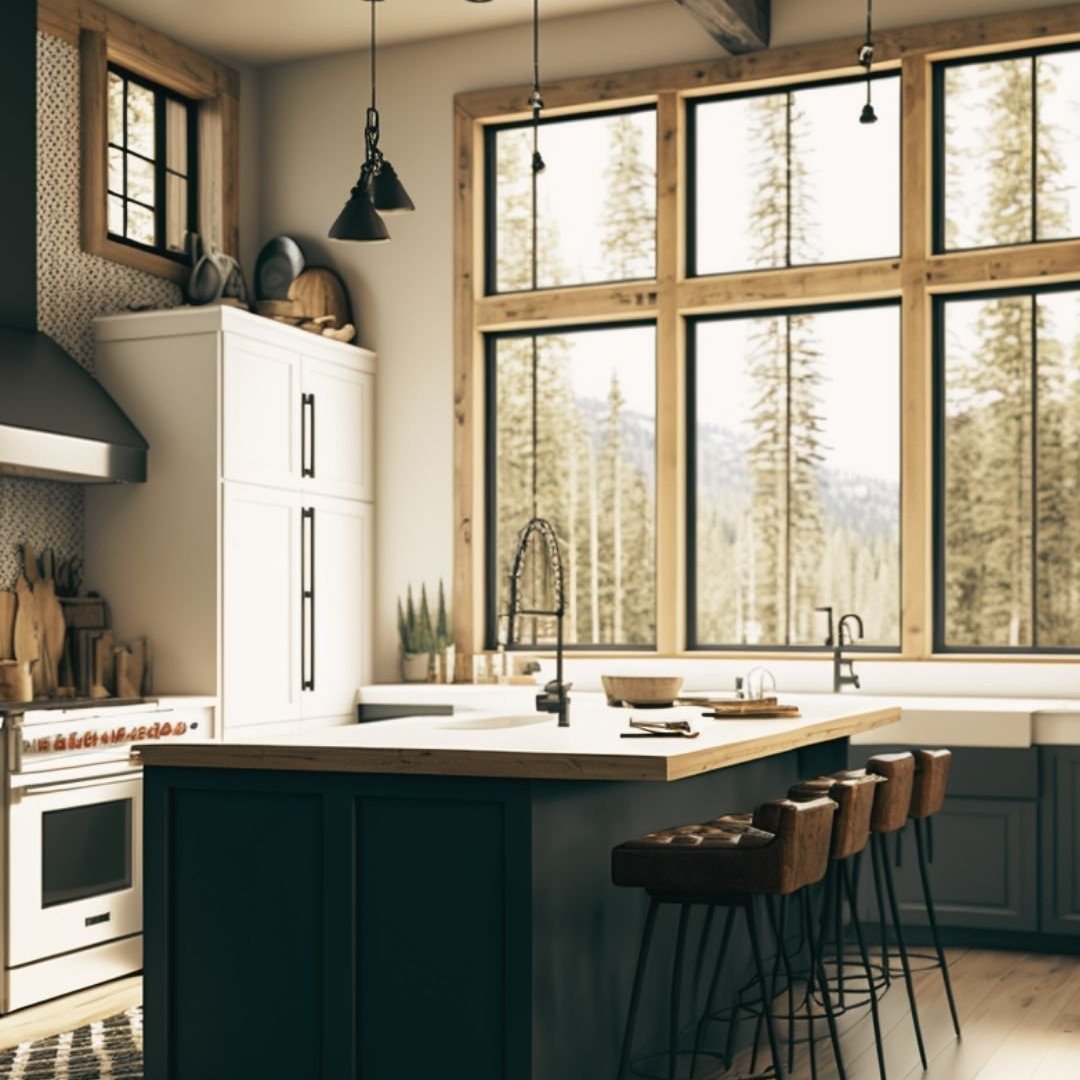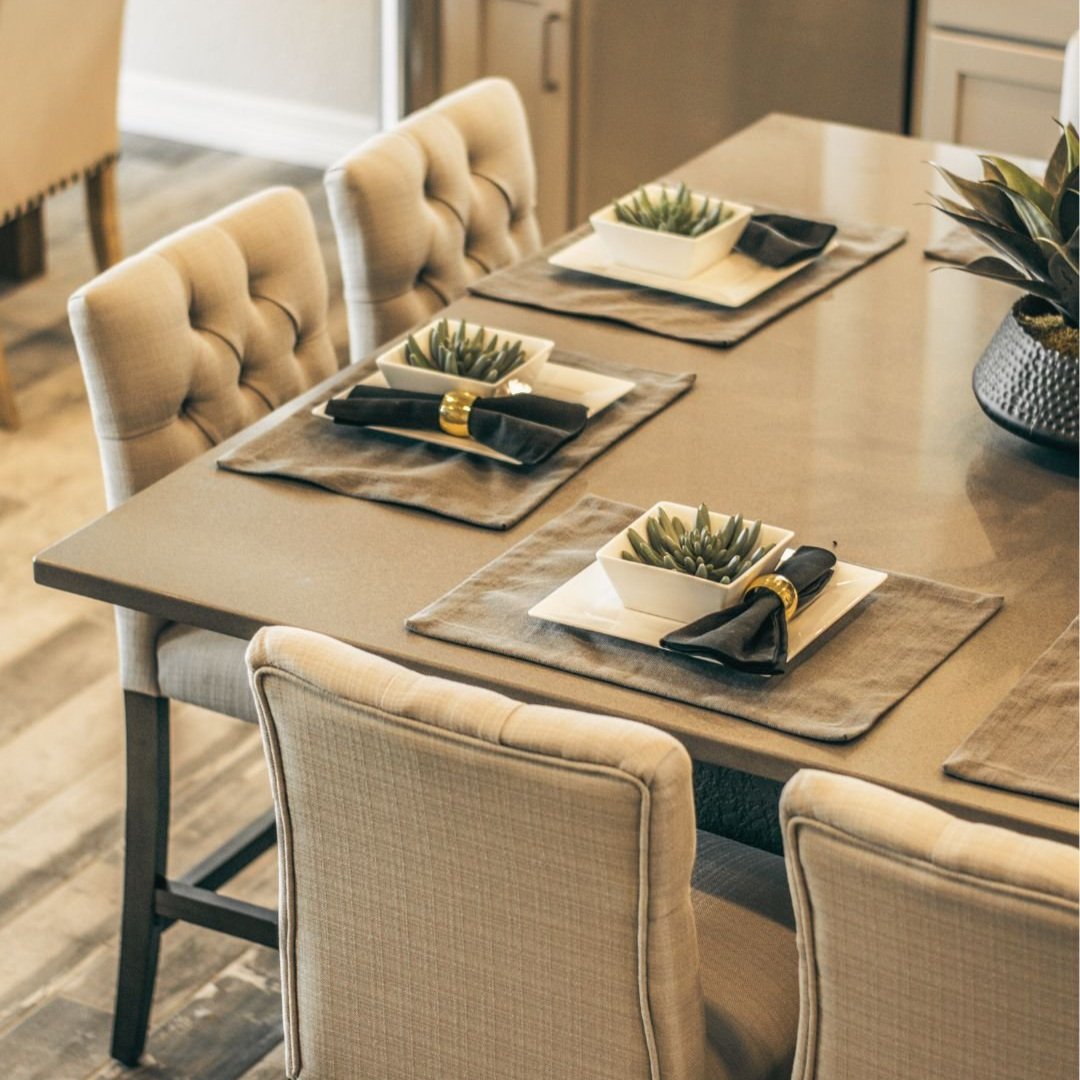How Location Can Influence Design Aesthetics
/As an interior designer, you know each project comes with its unique set of challenges and opportunities. Whether you've recently moved your business across the country and are getting to know your new local landscape, or you're tackling projects in far-off places, it's easy to be surprised by the different demands and priorities that come with each location. From climate and culture to available materials and local lifestyles, let’s chat about how different locations can shape your design approach.
Comfort by Climate
Climate impacts so many aspects of design, from materials to color schemes and room priorities. For instance, in hot and humid climates like the Southeast, using materials that resist moisture, such as treated woods, tile, and composite decking, can help prevent issues like mold and mildew. Ventilation systems and dehumidifiers are also key elements in these homes.
In contrast, dry, sunny areas like the Southwest might use UV-resistant materials to prevent fading and wear. Thermal mass materials such as adobe or stone are great for stabilizing indoor temperatures by absorbing heat during the day and releasing it at night.
Color choices can also reflect the climate. In Scandinavia, for example, light colors are used to brighten up interiors during the long, dark winters. Soft whites, pastels, and natural woods can make spaces feel more open and cheerful.
Different climates also shift the focus to certain areas of the home. In warmer regions, outdoor living spaces like patios and gardens are often the highlight, complete with shaded areas and comfortable seating. In colder areas, a cozy sunroom or a spacious mudroom to handle snowy boots and coats can be more practical.
And of course, features like fireplaces, pools, and saunas are closely tied to climate. Fireplaces and wood stoves are beloved in colder climates, while pools and outdoor kitchens are big hits in warmer areas. Saunas, often associated with colder regions, can provide a comforting retreat from the chill.
Urban Trends vs. Rural Inspirations
Trends often start in big cities and then spread to smaller towns and rural areas. Cities are hotspots for innovation and cultural fusion, so they’re the first to adopt new styles. Think about the minimalist, industrial vibe of lofts in New York or the sleek, modern designs seen in Los Angeles – these trends catch on in metropolitan areas and gradually influence broader design aesthetics.
However, it’s important to recognize that clients in more rural areas might not be ready to jump on certain urban design trends, and that’s perfectly fine. Rural clients often prefer designs that reflect their surroundings and lifestyles. Picture a quaint farmhouse in the Vermont countryside with rustic wooden beams and charming, cozy details. Or consider a coastal cottage in Maine, with its nautical themes, weathered wood, and breezy color schemes that mirror the seaside landscape. Understanding and respecting these preferences can help you create spaces that resonate with your clients.
Of course, these are just general trends. You can find people with all tastes and preferences in any location. Sometimes, clients want their home to feel like an escape, contrasting with the local environment. For example, a beach-themed house in the mountains can create a unique and personal retreat.
Lifestyle & Recreation
In places where outdoor activities like skiing, hiking, or fishing are popular, you’ll often see these influences reflected indoors. A mountain lodge in Colorado, for example, might feature a lot of natural wood, stone fireplaces, and rustic decor elements that nod to the local way of life. Homes in these areas often have specialized spaces like ski rooms or gear storage areas to keep outdoor equipment organized and the main living spaces clutter-free.
In coastal areas, homes might have a nautical theme. Light, airy spaces with blues and whites, maritime decor, and plenty of natural light help blur the lines between indoor and outdoor living. Outdoor showers and spacious decks for sunbathing or dining are common features, perfect for enjoying the coastal lifestyle.
Recreational hobbies also shape interior design. A home in a golfing community might feature a stylish den with golf memorabilia, while a house near vineyards could have a dedicated wine-tasting room or cellar. In areas where horseback riding is popular, you might find mudrooms designed with equestrian gear in mind.
Cultural Touchstones
Cultural traditions and practices play a big role in shaping design aesthetics. In the US, regional influences can be seen across different areas. In the Southwest, for example, there's a rich blend of Native American and Mexican cultures. You might see vibrant colors, geometric patterns, and a mix of natural materials like leather, wood, and stone.
In the Southern states, you might find elements that reflect classic colonial architecture. This could include grand columns, expansive porches, and traditional furnishings that harken back to historical roots.
In New England, historical influences often play a part in design choices, with Colonial and Federal-style elements like brick fireplaces, wood paneling, and antique furniture. This connection to the past adds depth and character to the homes.
Sometimes, cultural influences are imported. For example, low-to-the-ground Japanese-inspired dining or sleeping furniture can introduce a sense of tranquility and simplicity. Another example is the popularity of Moroccan-style poufs and lanterns, which bring an exotic, global flair to interiors.
Local Materials & Craftsmanship
The materials and craftsmanship available in a region can steer design choices. In the Pacific Northwest, for example, you have an abundance of beautiful wood like Douglas fir, cedar, and redwood. These materials are not only sustainable choices but also reflect the natural beauty of the region.
In the Southwest, adobe and clay tiles are common, offering excellent thermal properties suited to the hot, dry climate. These materials help create homes that are functional and visually harmonious with the local landscape.
In the Appalachian region, stone and reclaimed wood are often used, celebrating the rustic, earthy aesthetics of the area. Reclaimed barn wood can add a touch of history and personality to designs, making spaces feel warm and lived-in.
In urban centers like New York or Chicago, you might find more industrial materials such as steel, glass, and concrete being used creatively in loft conversions and modern apartments. These materials reflect the city’s architectural heritage and bring a sleek, contemporary feel to interiors.
What regional style or preferences differences have you noticed?
xx, Danae


































